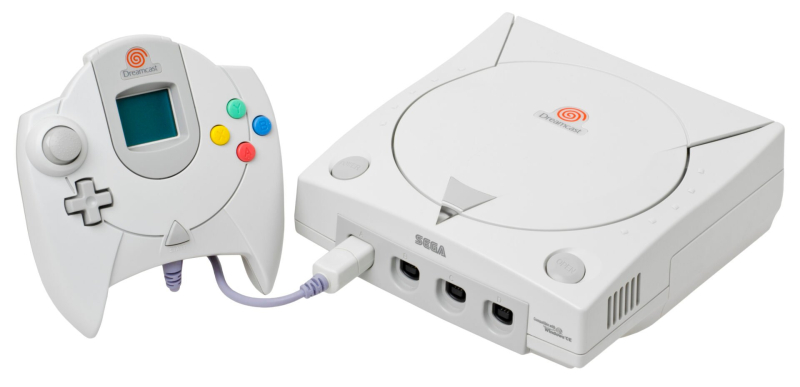 < /p> © Sega
< /p> © Sega
Today we are going to talk about a time that those under 20 cannot know. More than 30 years ago, the console war raged between the two Japanese manufacturers Nintendo and Sega, one with the Nintendo Entertainment System, the other with the Master System. with “Sega, it's stronger than you”, the hedgehog company tries to impose itself on Nintendo, only to ultimately experience the failure that we know him now.
However, the fact remains that Sega was able to distinguish itself, notably with the Dreamcast, a console released on November 27, 1998 in Japan. Being a console like no other, it helped shape what the video game of tomorrow would be. However, its face to face with the PlayStation 2 which had a DVD player was fatal to it, only 3 years after it went on sale.
Let's see together what made this console a real major breakthrough with 12 anecdotes about the SEGA console:
The SEGA Katana?
< p>If there's something that will stay in the minds of gamers decades after the release of a console, it's its name. Choosing this one is crucial, and the Dreamcast missed out on a rather stylish name.
© Unsplash
Indeed, the Dreamcast could also be called the Katana, which offered a little less of a connotation of the materialization of dreams it is true.
An exclusive disc format
Feeling the piracy problems that were going to happen with the CD-ROM easy to reproduce by anyone, Sega to create its own GD-ROM format. Unfortunately for them, that's not really what stopped piracy from becoming a major problem with the Dreamcast.
If the GD-ROM was indeed well protected, the console could still read CD-ROMs as well, which left the door open to all sorts of abuses. The fact of not adopting the DVD format which offered much more to developers to create more ambitious titles was also a problem for the Sega console.
Too ahead of its time
When we told you that the Dreamcast truly shaped modern video games, it was not an understatement. Indeed, Sega were the first to offer a console that could connect to the internet with SegaNet, which allowed players to interact together. Mocked by other manufacturers at the time, internet connectivity is now completely inseparable from the practice of JV 25 years later.
A failed partnership with a major player in the industry
< p>It seems that Microsoft has knocked on every door to get into video games. Before being humiliated by the general hilarity of Nintendo executives following a takeover proposal, M$ worked together with Sega on the development of the Dreamcast.
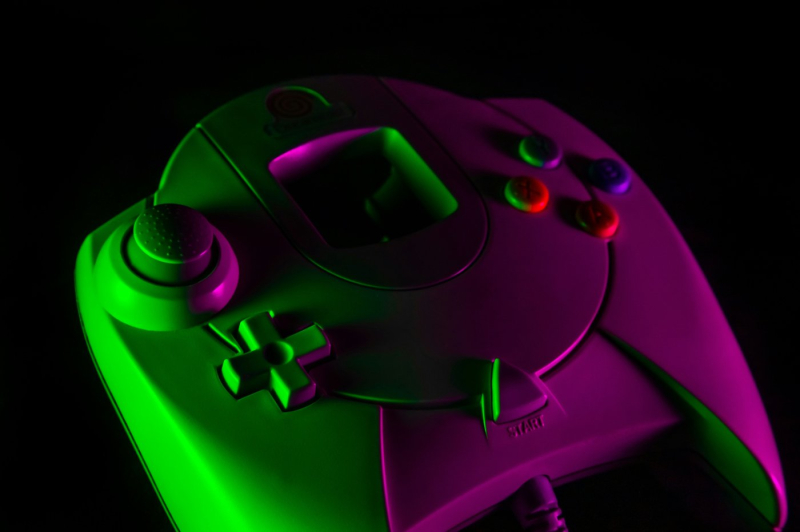
© Unsplash
Microsoft notably provided the latter with a custom version of Windows CE as well as a development kit. The American giant then used this experience to develop its own console, the Xbox. Just look at the appearance of the controller compared to the Dreamcast to immediately understand the inspiration behind it.
Smile, you're being filmed by the Dreameye
The Dreamcast offered a camera that allowed you to take photos and send them by email, retouching the photos using the VisuelPark program provided.
Basically, Sega also wanted to use this camera to create a movement recognition system in games, a bit like what Sony did with its EyeToy a few years later.
The memory card that allows you to play
One of the best-known elements of the Dreamcast is the VMU, for Visual Memory Unit. It's simple, this little device was a memory card to be inserted into the Dreamcast controller, which once removed, transformed into a portable console.
Obviously, the games available on it remain simple, but the attachment to the product is important. 20 years later, the concept has become so popular that some modders still have fun putting Raspberry Pis in the VMU to make it a GameBoy game emulation machine.
A president who was keen to his company
If there was anyone who was passionate about the Dreamcast and Sega in general, it was Isao Okawa. Long at the head of Sega, he got the company out of many bad times, notably by offering $40 million to Sega Enterprises to realize his vision of the Dreamcast.
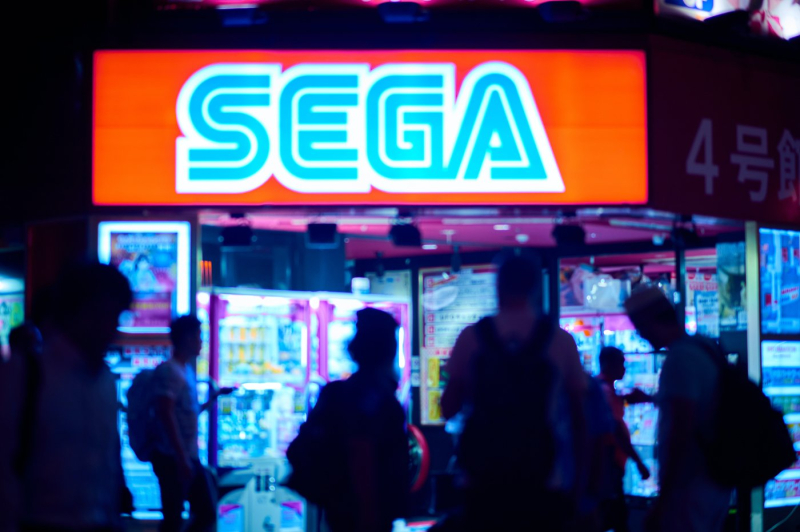
© Unsplash
He then gave the equivalent of $695 million in stock to the Sega Corporation. If that’s not commitment…
A clearer image
Once again, the Dreamcast paved the way for a major evolution in the video game world of the time? Rather than only using RCA, the Dreamcast, using a VGA box, allowed, as its name suggests, to connect the console to VGA.
This had two major advantages, a sharper image in 480p, but also the possibility of connecting the console to a PC screen.
Shenmue, a whole story
Along with Sonic Adventures, the Shenmue games are among the most iconic on the console. Only, did you know that at that time, the expenses generated by their development had been absolutely immense?
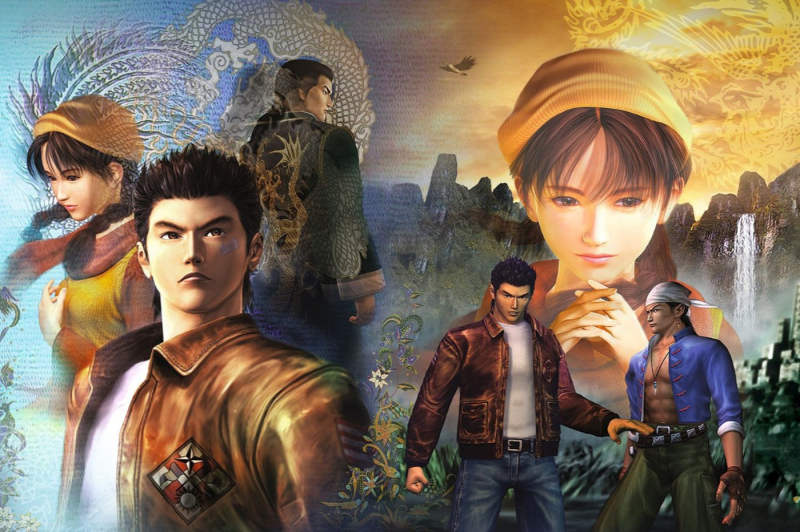
© Sega
Released in 99, Shenmue the first of its name cost between 40 and 72 million dollars, which even by our current standards remains rather high. But what about Shenmue 2, which is estimated to cost $132 million? It’s simple, twice as many copies of the game would have had to be sold for Sega to cover its costs.
Commercial failure in figures
Despite all its qualities, the Dreamcast was a real commercial failure with 9.03 million units sold worldwide. For comparison, the Mega Drive had sold 34.06 million copies, and the console that the Dreamcast faced, the PlayStation 2, had sold 155 million units. In 2000, Sega lost 500 million euros, abandoning the creation of consoles.
In 2007
Surprisingly, this is 7 years after the end of production of the Dreamcast that the console's latest game was released. Called “Karous”, it's a shoot 'em up released only in Japan, then adapted for Wii.
A changing logo
But what could the Dreamcast logo mean? ;? This spiral means “Power Source”, once again showing Sega’s ambitions for this console. Anecdote also to know to shine in society, the logo was orange in Japan, red in the United States, and blue in Europe.
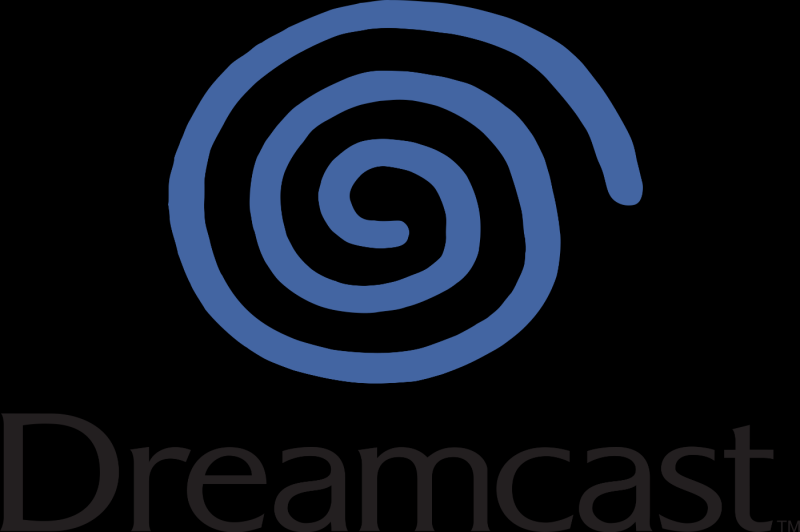
© Sega
The European version was produced in this way to avoid any dispute with the German studio Tivola Publishng, which also has an orange spiral as its logo. Yes, the studio still exists and now publishes mobile games.

